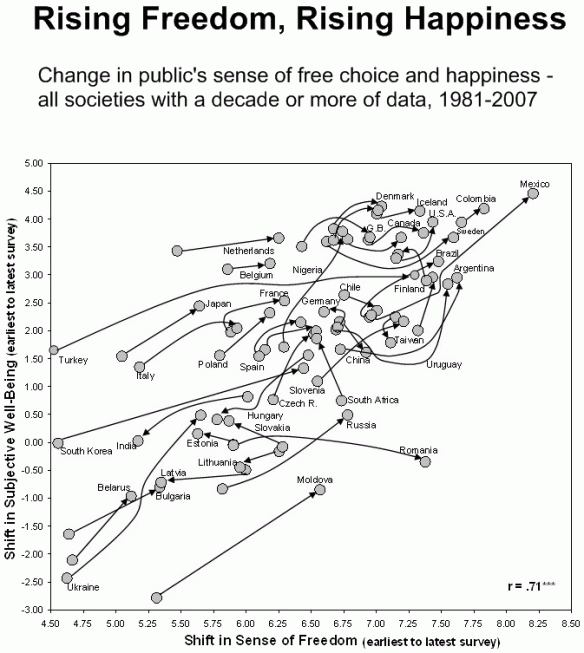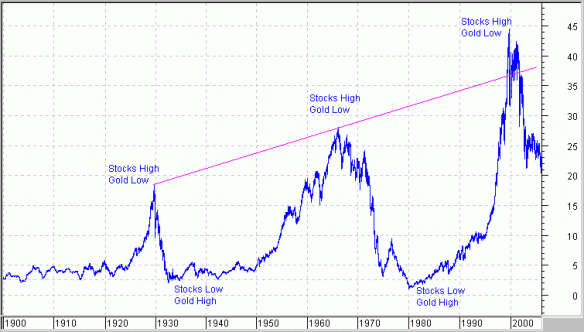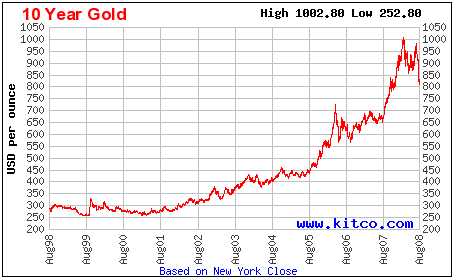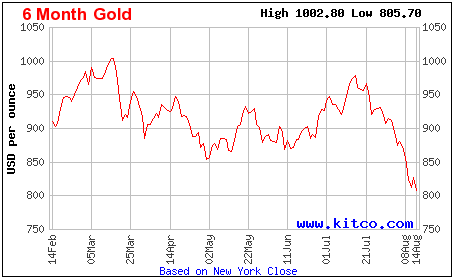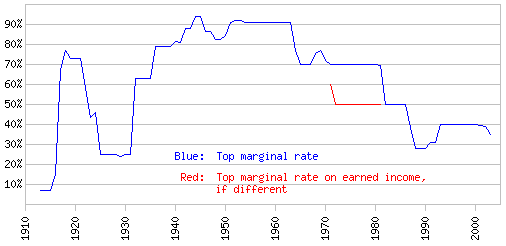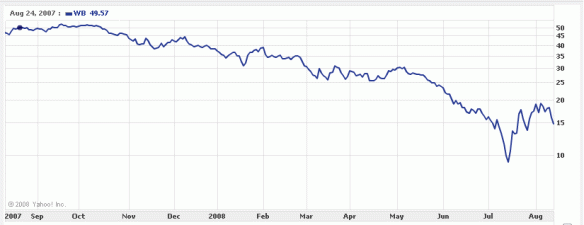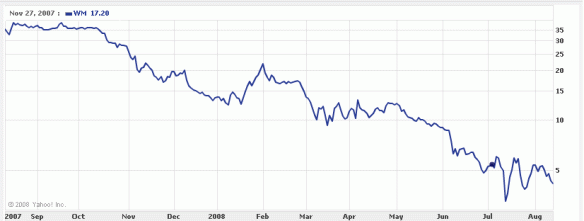Take a minute to chew on this interview of Jim Rogers by Keith Fitz-Gerald at Seeking Alpha:
(Rogers) “If you look back at previous countries that have declined, you almost always see exchange controls – all sorts of controls – before failure. America is already doing some of that. America, for example, wouldn’t let the Chinese buy the oil company, wouldn’t let the [Dubai firm] buy the ports, et cetera.
But I’m really talking about full-fledged, all-out exchange controls. That would certainly be a sign, but usually exchange controls are not the end of the story. Historically, they’re somewhere during the decline. Then the politicians bring in exchange controls and then things get worse from there before they bottom.
Before World War II, Japan’s yen was two to the dollar. After they lost the war, the yen was 500 to the dollar. That’s a collapse. That was also a bottom.
These are not predictions for the U.S., but I’m just saying that things have to usually get pretty, pretty, pretty, pretty bad.
It was similar in the United Kingdom. In 1918, the U.K. was the richest, most powerful country in the world. It had just won the First World War, et cetera. By 1939, it had exchange controls and this is in just one generation. And strict exchange controls. They in fact made it an act of treason for people to use anything except the pound sterling in settling debts.
[Q]: Treason? Wow, I didn’t know that.
Rogers: Yes…an act of treason. It used to be that people could use anything they wanted as money. Gold or other metals. Banks would issue their own currencies. Anything. You could even use other people’s currencies.
Things were so bad in the U.K. in the 1930s they made it an act of treason to use anything except sterling and then by ’39 they had full-exchange controls...”
__
[Q]: Is there a specific signal that this is “over?”
Rogers: Sure…when our entire U.S. cabinet has Swiss bank accounts. Linked inside bank accounts. When that happens, we’ll know we’re getting close because they’ll do it even after it’s illegal – after America’s put in the exchange controls.
[Q]: They’ll move their own money.
Rogers: Yeah, because you look at people like the Israelis and the Argentinians and people who have had exchange controls – the politicians usually figured it out and have taken care of themselves on the side.
[Q]: We saw that in South Africa and other countries, for example, as people tried to get their money out.
Rogers: Everybody figures it out, eventually, including the politicians. They say: “You know, others can’t do this, but it’s alright for us.” Those days will come. I guess when all the congressmen have foreign bank accounts, we’ll be at the bottom.
But we’ve got a long way to go, yet.
In respect to the future of the US and what to do about it in your personal life, Rogers and I are on the exact same page. I once had the chance to ask him if he thought we could go through a phase of deflation along the way, and he said no, that Bernanke would buy stocks, bonds or real estate and do whatever it took to avoid deflation, and of course end up destroying the currency.

